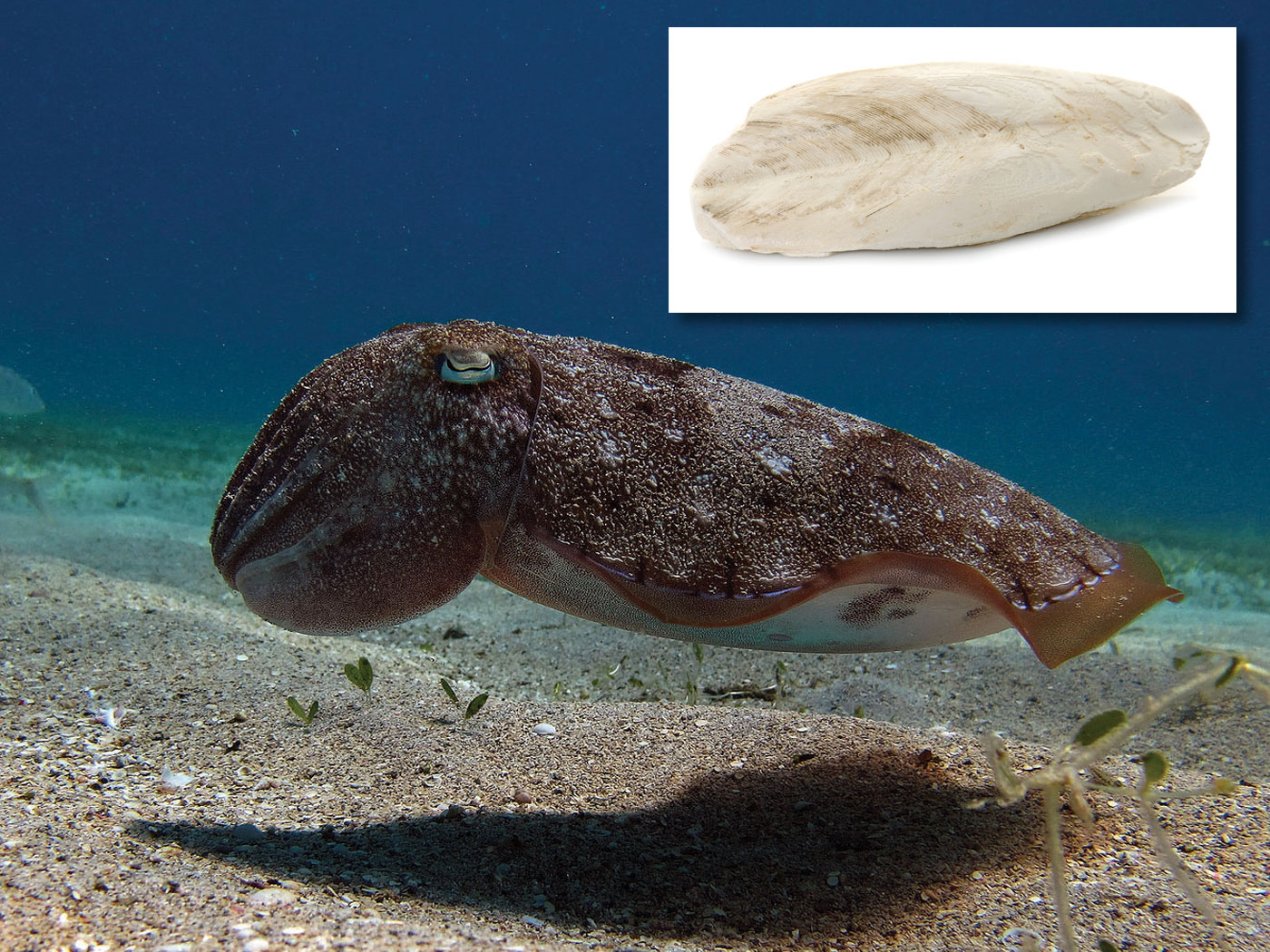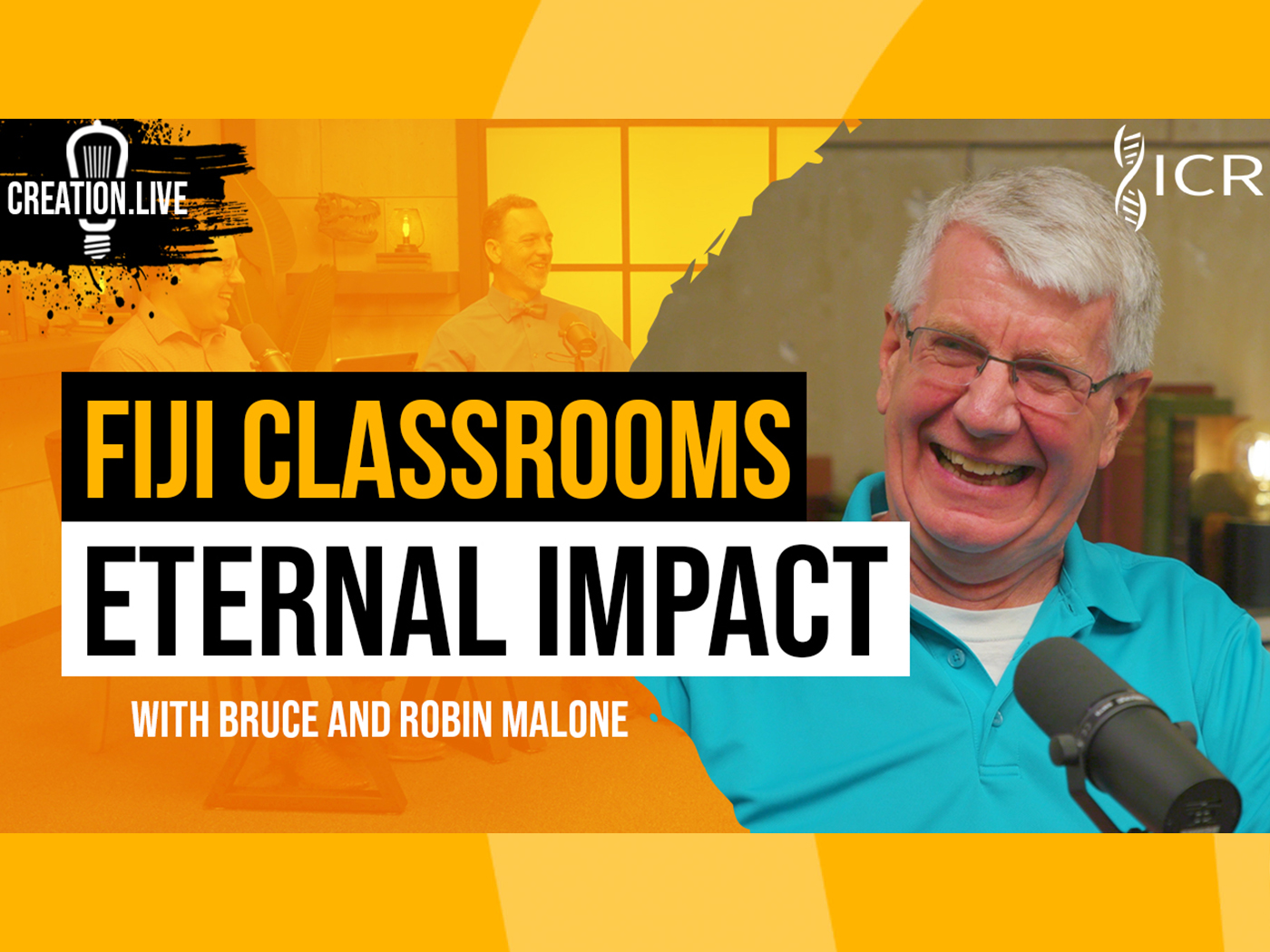You might recall that viruses act as miniscule infectious agents. They forcibly enter a cell and conquer its molecular machinery. The cell is instructed, via viral DNA, to stop making its normal cellular parts and instead make more viruses by transcription and replication. As more and more viral parts are manufactured, the cell breaks apart—its wall rupturing in a process called lysis. Then newly-formed viruses are released and infect other cells.
Viruses infect people, plants, and animals. But there are also viruses that infect tiny bacteria. These are called bacteriophages, or simply phages. Phages duplicate (replicate) within the bacterium following the injection of their genetic material (genome) through the bacteria’s cell wall and into the bacterial cytoplasm. Bacteriophages contribute to marine health by a cyclic lysing of a majority of bacteria in the oceans every 24 hours. This designed process helps to prevent bacterial population explosions as well as cycling carbon in the oceanic food webs.1
At the turn of the 21st century, the complexity of bacteria (organisms that don’t have a nucleus) was well-known.2 Now, in 2019 researchers have said, “With new technologies [e.g., time-lapse fluorescence microscopy and cryo-electron tomography] we can start to understand the amazing inner life of bacteria and look at all of their very sophisticated organizational principles.”3
What was discovered? University of California San Diego researchers have “provided the first example of cargo within bacterial cells transiting along treadmill-like structures in a process similar to that occurring in our own cells.”3 There is a significant difference between bacterial and human cells, but amazingly the “phage convert the [bacterial] cells they have infected into mammalian-type cells with a centrally located nucleus-like structure, formed by a protein shell surrounding the replicated phage DNA.”3
“The way this giant [Pseudomonas] phage replicates inside bacteria is so fascinating,” said Vorrapon Chaikeeratisak of UC San Diego. “There are a lot more questions to explore about the mechanisms that it uses to take over the bacterial host cell.” Like all microbial research, this particular investigation “also brought new questions about the transportation and distribution mechanisms within bacterial cells.”3
Evolutionists say, “These phages have evolved a sophisticated and directed mechanism of transport using filaments to replicate inside their hosts.”3 Whereas creationists say, “These phages are designed with a sophisticated and directed mechanism of transport using filaments to replicate inside their hosts.” The first statement relies on time and chance—the second on plan and purpose.
References
1. Suttle, C. A. 2005. Viruses in the sea. Nature. 437 (7057): 356–61.
2. Sherwin, F. 2001. Just How Simple Are Bacteria? Acts & Facts. 30 (2).
3. Viruses found to use intricate ‘treadmill’ to move cargo across bacterial cells. ScienceDaily. Posted on ScienceDaily.com June 13, 2019, accessed June 23, 2019; Sherwin, F. 2004. Molecular Motors vs. Evolutionism. Acts & Facts. 33 (4).
*Mr. Sherwin is Research Associate is at ICR. He earned his master’s in zoology from the University of Northern Colorado.
Bacteria-Infecting Viruses Reveal Creation Sophistication
The Latest
CREATION.LIVE PODCAST
Searching for Truth Across the Globe | Creation.Live Podcast:...
How can we bring the Gospel of Jesus Christ and the truth of creation to others outside our small spheres of influence?
Host...
Marine Mammals: Designed for Deep Diving
While you’re reading this, hold your breath. What is now happening is your blood is delivering the last of oxygenated blood cells to your tissues...
CREATION PODCAST
Humanity's Demise at the Hands of Genetic Entropy | The Creation...
Welcome to the fourth episode in a series called “The Failures of Old Earth Creationism.” Many Christians attempt to fit old earth...
''Inside-Out'' Fossil is Amazingly Preserved
It is widely known that vast numbers of fossils—vertebrate and invertebrate—have been discovered incredibly well-preserved.1,2...
The Resurrection and the Origin of Life
At Easter time we focus on the cardinal Christian doctrine of the Resurrection. Without the Resurrection, Christianity is a sham. The truth that Jesus...
Is an Ancient Extinct Tree-Dweller Our Relative?
Human evolution has always been hazy with seemingly as many attempted explanations for how we evolved from animals as there are paleoanthropologists.
Evolutionists...
The Return of the Dire Wolf?
There’s been much recent excitement about the birth of three dire wolf (Aenocyon dirus) puppies by a Dallas-based biotech company: Colossal Bioscience....
CREATION PODCAST
Cracks in the Layers: Lake Suigetsu and the Old Earth Illusion...
Welcome to the third episode in a series called “The Failures of Old Earth Creationism.” Many Christians attempt to fit old earth...
Fish Fossil Vomit
A rather unsavory news story recently appeared regarding fossilized vomit. Although it’s hardly dinner table conversation, it nonetheless supports...
Dino Footprints Down Under
Dinosaur trackways1 are once again making the news. Australia is the setting of a remarkable series of dinosaur tracks attributed to ornithischian...




















